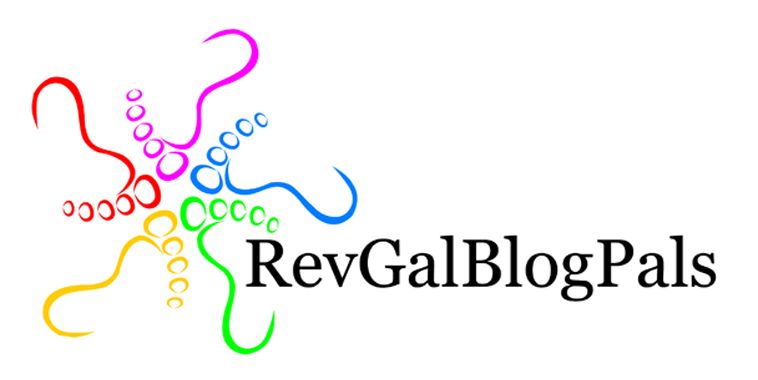A sermon for the Sixth Sunday of Easter, 2017
“Athenians, I see how extremely religious you are in every way. For as I went through the city and looked carefully at the objects of your worship, I found among them an altar with the inscription, ‘To an unknown god.’” (Acts 17:22b-23)
Paul arrives in the ancient city of Athens, and I imagine from what he says that there are statues everywhere – to all kinds of gods and goddesses, demi-gods, illustrating aspects of Athenian life and values, ambitions and aspirations: Athena and Aphrodite, goddesses of love, beauty, and wisdom; Apollo, who made music and medicine; and Nemesis, the god of revenge – but there is one shrine in particular that catches Paul’s attention – a shrine to the unknown god.
Which led me to ask the question: To whom would you dedicate a statue, and why?
It’s not supposed to be a trick question, but it may reveal something more than the surface would suggest; might pierce the shroud of our shared values and bring our biases into the light. After a confederate statue was sold by the city of Charlottesville, VA, last weekend white supremacists took up torches, illuminating exactly why such statues have become the source of controversy, conflict, and shame. In New Orleans, such statues have been removed by night and under the cover of anonymity, since the contractors chosen to complete the task received death threats.
Choose carefully what to memorialize, is the lesson learned; the question of to whom we would raise a statue, and which we take down, calls out our values: what we seek out, admire, aspire to.
You can tell a lot about the shared values of a city or a system by what they choose to memorialize. One of my favourite statues in Cardiff, the city where I did much of my growing up, is of Aneurin Bevan, the author of the British National Health Service which transformed the face and financial implications of healthcare in that country.
He is often to be found with a traffic cone on his head, because it doesn’t do to take one’s heroes too seriously. They all have clay feet, concreted into the ground.
Someone Tweeted last week the observation that there are no public statues to the leaders of the once-powerful Nazis in Germany; only Holocaust memorials.
One of the most iconic images of this nation is the statue of Abraham Lincoln seated in stone. Not too far away stands the recently completed image of Martin Luther King, Jr. We share with France twin statues of Lady Liberty; symbols of a relationship built upon the shared values of the two relatively young republics.
In Denmark’s capital, a statue to the Little Mermaid overlooks the harbour of Copenhagen; a monument to power of story, imagination, and love.
What we choose to set in stone for all to see gives away more than we might realize about our beliefs, our values, our aspirations.
And so Paul arrives in Athens, and finds it full of statues and shrines, and even one dedicated to a god as yet unknown.
He is half-teasing; more than half when he says to the Athenians, you are so religious that you worship even what you don’t know!
One of my test subjects, on being asked, to whom would you dedicate a statue and why, replied without hesitation, “Myself, because I am awesome.”
Which is awesome, but which would not have given Paul that same opening of humility and haunting half-knowledge, seeking what we know to be real but not quite yet seen, that was represented by the shrine to the unknown god.
This shrine has potential precisely because it acknowledges that truth, that there is something beyond what we know that we know to have power, and value. It is precisely when we leave off from making our gods, our idols in our own image that we can begin to seek the God who made us in God’s own image,
“So that they would search for God and perhaps grope for him and find him – though indeed he is not far from each one of us. “ (Acts 17:27)
When we have the humility to seek the answers from our God, instead of telling God what we already know and what God should do about it – then we begin to find that God is waiting for us, to show us the way.
When we awaken the hunger to do God’s will; when we stop asking God to do our will, to back our side against all others, to funnel grace in our direction, when it is designed to fill the whole world – when we awaken that hunger and thirst for God’s kingdom, we find ourselves refreshed.
When we seek and serve Christ in all persons, as our baptismal promise guides us, then we find living statuary, made in the image of God, to be all around us in the city, awaiting our notice; not far from each of us.
“I will not leave you orphaned,” Jesus promises, “I am coming to you.” And he does, in the bread and the wine, in the water and the word, in the church and in the world. And no statue will do him justice, and no shrine will hold him hostage; but we remember him, each time we come together at his table, to share in his body and blood, and he meets us, and reminds us of what matters: love and sacrifice, not set in stone, but set free from the tomb hewn out of the rock to live to the glory of God alone.
